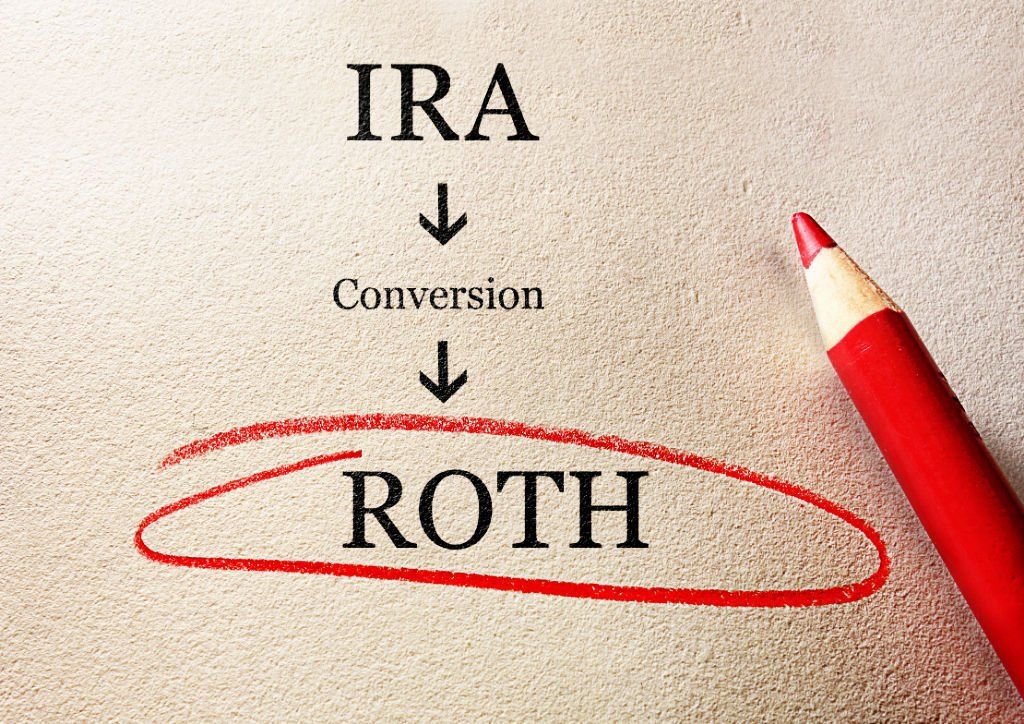Highlights from the New 2018 Tax Rules

Let me start by saying, I am for lower taxes. I want to keep
more of the money I earn, and I want to see others keep more of the money they
earn.
I also think the government, especially the federal government, takes far
too much of our money, and could fulfill its God-given magistrative role with much less taxation and control over its citizens.
With that said, I am somewhat pleased to share with you some of the highlights of the new bill passed December 2017.
The Tax Cuts and Jobs Act of 2017 (TCJA) will temporarily lower taxes for most individual tax-payers (note: most of the individual provisions are set to expire after 2025). But the permanent lowering of the corporate tax rate to a flat 21% on all profits is a massive simplification and tax cut as compared to the previous corporate marginal tax rate structure.
I am looking forward to seeing the economic effect of this corporate tax cut, along with the one-time repatriation rate of 15.5% on cash and equivalent foreign-held assets and 8% on illiquid assets like equipment, payable over an eight-year period. This can only help corporate workers, people looking for jobs, and investors in stocks and corporate bonds.
In this article, I am going to highlight a few of the individual tax changes that will directly affect many, if not most, of you. Here are some of the changes:
Sign up to receive my free monthly email articles...because you want to make the most out of your retirement .
Tax Brackets
Unfortunately, we still have seven brackets. Blame the Senate for that. The House wanted four brackets and the President wanted three. But as you can see below, the percentages are lower, and the thresholds are higher, which means lower taxes.
Table 1. New 2018 Marginal Tax Brackets
Data source: Joint Explanatory Statement of the Committee of Conference.
Compare Table 1 above to what it would have been in 2018 under the old laws (Table 2 below).
Table 2. Marginal Tax Brackets as they would have been for 2018
Part of this reduction in taxes is the removal of the “marriage penalty”. Except for the highest two tax brackets, the married brackets are twice the single brackets. Before the new tax law, above the 15% bracket, a couple was taxed more than if they both filed as singles.
Standard Deductions and Personal Exemptions
As you can see from Table 3 below, the new standard deduction is almost double the old. That’s good. But don’t get too excited. Personal exemptions have been eliminated. This is still a tax reduction but there is an offset. What this does mean is: many more people will have a simpler filing (i.e., not needing to itemize deductions). The Joint Committee on Taxation estimates that 94% of households will claim the standard deduction in 2018, up from about 70% now.
Table 3. Standard Deductions
Data source: IRS and Tax Cuts and Jobs Act.
While the new law won’t allow as big of a deduction for families with lots of personal exemptions, the new expansion of the Child Tax Credit will more than make up for this in most cases.
So, with the almost doubling of the standard
deduction (from $13,000 to $24,000 for a married couple filing jointly, for
example), itemizing deductions won’t make sense for most filers. By claiming the standard deduction, charitable donations would not be deductible. However, for people taking Required Minimum Distributions (RMDs), a Qualified Charitable Distribution (QCD) can come to the rescue. See How to Reduce Your Taxes on Your RMD
.
For those who have no RMD (this would apply to all people under age 70.5), some are bunching many years worth of charitable
contributions into a single year, perhaps through a donor-advised
fund. This raises their total
contribution amount in that year high enough for them to itemize and claim the big donation as a deduction. Then in the off years they do not donate to charity and use the higher standard deduction. This strategy takes full tax advantage of the donations.
Capital Gains
Long-term capital gains tax rates that apply to the sale
of stocks and other such appreciated assets are not changing.
Short-term capital
gains are still taxed as ordinary income, so they will get the benefit of the
reduced rates as shown in Table 1.
Since the old long-term capital gains rates remain and the income brackets have changed, the three capital gains income thresholds no longer match up perfectly with the tax brackets. (Under previous tax law, a 0% long-term capital gains tax rate applied to individuals in the two lowest marginal tax brackets, a 15% rate applied to the next four, and a 20% capital gains tax rate applied to the top tax bracket.)
Data source: Tax Cuts and Jobs Act.
Other Deductions
Mortgage interest, charitable giving, medical expenses, and
state and local taxes (SALT) remain--with some changes.
Mortgage interest
deductions can only be taken on debt up to $750,000, down from $1,000,000.
Charitable giving is largely the same, but with the deduction cap rising from
50% to 60% of income.
Medical expense deductions rise from unreimbursed
expenses above 10% of AGI to 7.5% of AGI--and this is retroactive to the 2017
tax year.
The new law limits the total deduction of income, sales, and property taxes to $10,000.
Deductions being eliminated:
- Moving expenses
- Employer-subsidized parking and transportation reimbursement
- Casualty and theft losses (except those attributable to a federally declared disaster)
- Unreimbursed employee expenses
- Tax preparation expenses
- Other miscellaneous deductions previously subject to the 2% AGI cap
The Estate Tax Exemption
The new estate tax law doubles the 2017 exemption amounts
from $5.6 million per individual and $11.2 million per married couple to $11.2
million and $22.4 million respectively.
This simplifies estate planning for the vast majority of households and allows children to inherit family farms or businesses valued under these thresholds without facing the dreaded death tax, which can sometimes force the sale of the farm or business to pay the tax bill.
The New Rules are Temporary
The one thing that irritates me the most about this bill is that the tax cuts I’ve described have a built-in expiration date of 2025. This makes future planning more difficult.
After tax year 2025, if nothing is done, most of these individual tax laws “sunset” and return to their previous levels. The sunset provision was supposedly necessary due to a senate rule called the Byrd Rule. Without 60 votes to prevent a filibuster, the senate’s simple majority vote cannot legislate net tax cuts that go beyond a 10-year period.
Small Business Pass-Through Deduction
A significant new deduction was a 20%
deduction for pass-through businesses income, which will incentivize employees to
shift to becoming independent contractor service businesses.
There are phaseout income limits that apply to
"professional services" business owners such as lawyers, doctors, and
consultants, which are set at $157,500 for single filers and $315,000 for
pass-through business owners who file a joint return.
As Michael Kitces points out, “Larger service businesses do not benefit from the new rules at all and may feel compelled to convert to C corporations (or at least become partnerships or LLCs taxed as corporations).”
For partnerships, LLCs, and S corporations, the new 2018 pass-through tax limitation applies to W-2 wages and specified service businesses and is calculated at the individual level (based on each partner/owner's share of the income, deductions, W-2 wage allocations, etc.). This means “lower income” partners and owner-employees might still be eligible for the new 20% deduction on service business income even if higher-income partners/owners are not. This may prompt small businesses to distribute ownership to multiple family members who are all below the limit.
Elimination of the Roth Conversion Recharacterization
Unfortunately, one of my favorite Roth conversion features
which I discuss in How
to Maximize the Roth IRA to Your Tax Advantage
and How
a Family Turned a Job Loss into a Retirement Advantage
has been
repealed in the TCJA of 2017.
Roth conversions done in 2018 and beyond cannot be recharacterized.
This means that the strategy of “undoing” all or part of a Roth conversion after months of evaluating tax liabilities and investment performance
is no longer possible.
Roth contributions
can still be undone after the fact. But Roth conversions
will now most likely need to be done at the end of the business
year, when more accurate assessments can be made about one’s tax liabilities. Without any recharacterization option,
the amount to convert will need to be much more precise.
And, the look-back option to undo a conversion done earlier in the year based on the subsequent investment performance inside the Roth IRA is unfortunately a beautiful strategy of the past.
Summary
The permanent corporate tax changes in the TCJA are a great
simplification and massive tax cut for corporations, which will benefit the
economy, workers, and stock and corporate bond investors.
The TCJA will also lower taxes for most individual tax-payers. Unfortunately,
the new bill did not greatly simplify the individual tax code, the rates are not lower by much, and the new
lower rates expire after 2025 if lawmakers at that time do nothing to extend them.
The changes are so numerous, it will likely take a year or more for planners to figure out all the new tax-saving strategies. And analysts are already recommending amendments. I will keep you informed as strategies and changes emerge.
This article is for information only and not meant to be
advice. There are many caveats and stipulations not discussed in this overview
article. See a tax adviser before making any decisions regarding the
new tax laws.


Travis Echols , CRPC®, CSA
Receive free Social Security Guide by email




Investment Advisory Services offered through JT Stratford, LLC. JT Stratford, LLC and Echols Financial Services, LLC are separate entities.











